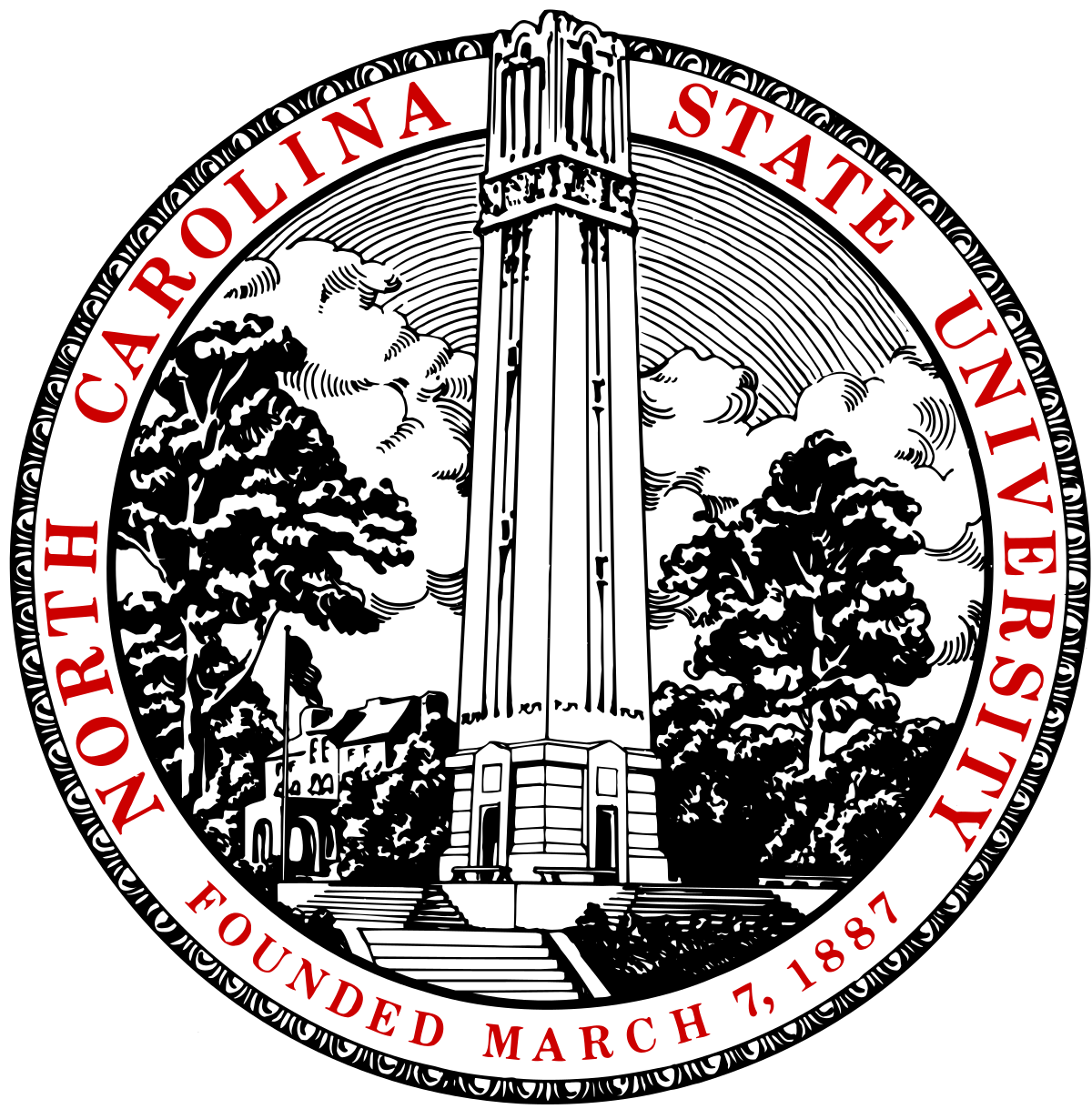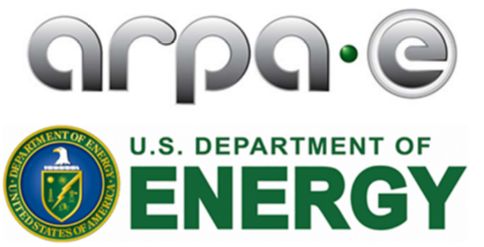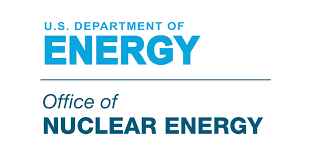The Los Alamos National Laboratory (LANL) was created during World War II to design nuclear weapons as part of the U.S. Manhattan Project. It is located near Sante Fe, New Mexico. The LANL was the heart of the Manhattan Project. It collected some of the most famous scientists in the world to work on nuclear weapons. The LANL is now one of the biggest science and technology institutions in the world. It conducts multidisciplinary research in such fields as national security, space exploration, nuclear fusion, renewable energy, medicine, nanotechnology, and supercomputing.
Over a decade ago, there were serious concerns about management problems at LANL. The University of California formed a consortium with Bechtel and other private companies. The new consortium was named Los Alamos National Security LLC. It took over management of LANL. LANL produced plutonium cores for triggers for nuclear warheads up until 2011 when production was shut down due to safety problems and concerns about a lack of accountability.
In recent years, the LANL has mishandled plutonium. It accidentally shipped nuclear materials to other federal facilities in commercial cargo planes. Even worse, it added a new absorbent material to drums of liquid waste in order to solidify the contents. This was done in spite of the fact that a contractor had warned the Laboratory that the new absorbent might not be suitable for their needs. Drums with the new absorbent were shipped to the Waste Isolation Pilot Plant in New Mexico and stored in a room in the old salt mine. The new absorbent generated hydrogen gas which eventually caused one of the drums to explode which released radioactive materials into the environment around the Plant. The Plant had to be shut down for three years while the accident was investigated, and repairs were made.
Unfortunately, the new management did not resolve all the issues plaguing the LANL and federal officials cancelled the management contract in 2015.
In 2017, the National Nuclear Security Administration put out a call for proposals for a management contractor that would create a “security conscious culture.” Critics of the LANL said that such a culture was missing from the Laboratory. Friday, a NNSA administrator said, “The lab will continue to be a critical resource to ensure the future safety and security of the United States as we begin work on new endeavors, like the effort to recapitalize our plutonium pit mission.” There was a recent recommendation that LANL produce at least thirty plutonium cores for triggers in nuclear warheads.
The NNSA has just announced that it has chosen Triad National Security (TNS) LLC to manage the LANL. TNS is a consortium that includes the Battelle Memorial Institute, Texas A&M University and the University of California. The contract is worth $2.5 billion dollars for up to 10 years if all contract options are exercised. The NNSA said Triad was “the best value to the government when all factors were considered and will provide future stability.”
Let us hope that this management team will be able to solve the problems that have plagued previous attempts to properly manage the Laboratory.
Blog
-

Nuclear Weapons 344 – U.S. National Nuclear Security Administration Has Chosen Triad National Security LLC To Manage The Los Alamos National Laboratory
-

Geiger Readings for Jun 08, 2018
Ambient office = 82 nanosieverts per hour
Ambient outside = 102 nanosieverts per hour
Soil exposed to rain water = 84 nanosieverts per hour
Carrot from Central Market = 114 nanosieverts per hour
Tap water = 86 nanosieverts per hour
Filter water = 78 nanosieverts per hour
-

Nuclear Reactors 573 – North Carolina State University Team Is Working On A ARPA-E Grant To Apply Artificial Intelligence To Control Nuclear Reactors
I have been posting about the U.S. Department of Energy’s Advanced Research Projects Administration-Energy (ARPA-E) lately. They recently announced ten grants totaling about twenty-four million dollars for work on advanced nuclear reactor technology. Today, I am going to drill down into details on one of those grants.
Researchers at North Carolina State University (NCSU) have received a $3.4 million grant from ARPA-E to develop new control systems for nuclear power plants that rely strongly on artificial intelligence. The NCSU team includes people from New Mexico State University and Ohio State University, the Oak Ridge and Idaho government nuclear laboratories, and two private-sector companies, TerraPower and Zachry Nuclear Engineering.
TerraPower is deeply involved in the project. It is trying to develop a traveling wave reactor that is sodium cooled. The new type of reactor will be able to burn a wider range of nuclear fuels than conventional power reactors that are water cooled. Proponents of the design say that the new reactors will be safer and more economical than conventional power reactors. TerraPower intends to build a prototype of their new reactor in China around 2025.
ARPA-E was interested in funding the work at NCSU because it will eventually provide technology for the new reactors under design at TerraPower. The NCSU team includes people from Zachry which is a company that writes software for commercial nuclear power plants.
The initial work at NCSU will utilize a different reactor than the TerraPower reactor. NCSU says that the technology that they are working on should eventually be applicable to multiple reactor types. The basic idea that NCSU is working on is to set loose machine learning on the huge amounts of data generated by a nuclear reactor control system. It is hoped that the machine learning will be able to spot problematic patterns in the data and call them to the attention of the human operators.
The NCSU team will integrate simulation and real-world data. Scenarios from each will be compared in order to develop “confidence [in] what they can predict and what is the range of uncertainty of their prediction. At the end, the operator will make the final decisions.” The security of a new system is a big concern which is why computer science specialists from universities and two national labs will be involved in the development of the software.
The development of the new AI systems is intended to ultimately lower the operating and maintenance costs of a reactor. This will be accomplished by making it easier to operate the reactor and plan maintenance with a smaller staff of technicians than is currently required at nuclear power plants. The new system should help the TerraPower designers figure out what type of sensors should be employed in their reactor and where the sensors should be placed.
In addition to security, there are also questions of how reliable an AI system will be. One of the problems with machine learning is that sometimes it can be difficult to understand exactly what a system is doing and why it comes to certain conclusions. Such knowledge will be critical if nuclear power plant operators are going to be able to trust what the AI system is telling them. -

Geiger Readings for Jun 07, 2018
Ambient office = 125 nanosieverts per hour
Ambient outside = 104 nanosieverts per hour
Soil exposed to rain water = 95 nanosieverts per hour
Beefsteak tomato from Central Market = 104 nanosieverts per hour
Tap water = 88 nanosieverts per hour
Filter water = 77 nanosieverts per hour
-

Nuclear Reactors 572 – The Advanced Research Projects Administration-Energy Funds Research Projects
In my previous three-part post, I covered the ten new projects receiving grants from the U.S. Department of Energy’s Advanced Research Projects Administration-Energy (ARPA-E). These grants are for the purpose of developing advanced nuclear power reactor technologies.
Rachael Slaybaugh is a professor of nuclear engineering at the University of California – Berkley who is overseeing the ARPA-E grants. She said, “The nuclear industry in the last few years has started gaining a lot of momentum in advanced reactor technology. The space has become active and it was ripe for trying to bootstrap it. These projects have too much technical risk for the private sector to pick up. We are trying to de-risk it.”
In 2005, Congressional leaders asked the National Academies to “identify the most urgent challenges the U.S. faces in maintaining leadership in key areas of science and technology.” They wanted specific steps that Congress could take to “help U.S. compete, prosper, and stay secure in the 21st Century.”
The National Academies came back with their report titled Rising Above the Gathering Storm: Energizing and Employing America for a Brighter Economic Future. In the report, they called for decisive action to stimulate innovation and develop clear, affordable and reliable energy sources for the United States. They warned Congress that U.S. advantages in science and technology were eroding. Their report recommended that Congress establish an Advanced Research Projects Agency that would similar to Defense Advanced Research Projects Agency (DARPA) at the Pentagon.
In 2007, Congress passed and President George W. Bush signed the America COMPETES Act into law. The Act officially authorized the creation of ARPA-E. In 2009, Congress provided the first appropriation of four hundred million dollars to AFPA-E to fund its first projects.
In 2011, the America COMPETES Reauthorization Act was passed which made additional changes to the structure of ARPA-E. Among the provisions of the Reauthorization Act, were the following recommendations to ARPA-E about how to achieve its goals:1. Identifying and promoting revolutionary advances in fundamental and applied sciences;
2. Translating scientific discoveries and cutting-edge inventions into technological innovations; and
3. Accelerating transformational technological advances in areas that industry by itself is not likely to undertake because of technical and financial uncertainty.ARPA-E has four objectives:
1. To bring a freshness, excitement, and sense of mission to energy research that will attract the U.S.’s best and brightest minds;
2. To focus on creative, transformation energy research that the industry cannot, or will not support due to its high risk, but that has high reward potential;
3. To utilize an ARPA-like organization that is flat, nimble, and sparse, capable of sustaining for long periods of time those projects whose promise remains real, while phasing out programs that do not prove to be as promising as anticipated; and
4. To create a new tool to bridge the gap between basic energy research and development/industrial innovation.Since its beginning in 2009, ARPA-E has spent almost two billion dollars to fund six hundred and sixty potentially transformational energy technology projects. ARPA-E has analyzed and catalogued some of its most successful projects in what it calls “impact sheets.” The first volume of impact sheets was published in 2016 with two more to follow in 2017 and 2018.
In the fiscal 2018 budget released by the Trump administration, there was a call for the elimination of ARPA-E. The administration said that the private sector has the “primary role in taking risks to commercialize breakthrough energy technologies with real market potential.” The Trump fiscal 2019 budget contained a provision to close ARPA-E by mid-2020. However, Congress does not agree with the Trump administration and they raised allocations for ARPA-E this spring. -

Geiger Readings for Jun 06, 2018
Ambient office = 94 nanosieverts per hour
Ambient outside = 58 nanosieverts per hour
Soil exposed to rain water = 46 nanosieverts per hour
Bartlett pear from Central Market = 119 nanosieverts per hour
Tap water = 124 nanosieverts per hour
Filter water = 103 nanosieverts per hour
-

Nuclear Reactors 571 – The U.S. Department Of Energy Is Funding New Projects Under The ARPA – E – Part 3 of 3 Parts
Part 3 of 3 Parts (Please read Part 2)
Project 7
The Ultra Safe Nuclear Corporation in Seattle, WA will receive $2,350,000 for their work on Technology Enabling Zero-EPZ Micro Modular Reactors.
The purpose of this project is to develop advanced technologies to increase the power density of gas-cooled reactors which will allow them to be smaller than the current designs allow. The researchers are looking for a new high-performance moderator which will allow the creation of a compact reactors with enhanced safety features. Moderators slow down neutrons so that they can create the fission reaction in the reactor. If the size of reactors can be reduced, it will allow greater versatility in deployment as well as reducing construction costs and time. These are important features for smaller modular reactors that need to be constructed where heat and power are required.
Project 8
The University of Illinois at Urbana-Champaign in Champaign, IL will receive $774,879 for their work on Enabling Load Following Capability in the Transatomic Power MSR.
The purpose of this project is the development of a fuel processing system for molten salt reactors that will allow these reactors to reduce their power output when there is reduced power demand. In order to allow this load following, the researchers will carry out simulations to understand how to remove the unwanted fission by-products that slow the fission reaction rate and reduce the power generation of the reactor. They hope to design a process for reprocessing molten-salt fuel which would remove a major barrier in the commercialization of molten-salt reactors.
Project 9
Westinghouse Electric Company, LLC in Cranberry Township, PA will receive $5,000,000 for their work on Self-regulating, Solid Core Block “SCB” for an Inherently Safe Heat Pipe Reactor.
The purpose of this project is the development of a self-regulating “solid core block” that utilizes solid materials to regulate the fission reaction rate in the reactor. Currently, such moderation is achieved by bulk flow of liquids or complex components with moving parts. This innovation will allow a reactor to be safely shut down without requiring external controls, external power sources, or operator intervention. This will allow highly autonomous safe operation. The researchers will carry out modeling and simulation to demonstrate the self-regulating ability of SCBs. They will also conduct additional tests to validate their modeling and simulation and to confirm that such components can be manufactured.
Project 10
Yellowstone Energy in Knoxville, TN will receive $2,599,185 for their work on a Reactivity Control Device for Advanced Reactors.
The purpose of this project is the development of a new reactor control technology that will enhance passive safety and reduce costs for molten-salt reactors. Materials will be embedded in control rods which will vaporize at high temperatures. The vapor that they produce will capture neutrons and slow the fission reaction rate without the need for external controls. The researchers will utilize simulation tools to determine the effectiveness of the proposed control device. They will also carry out a techno-economic analysis at the level of a nuclear power plant to determine whether or not their proposed technology will be cost effective.
